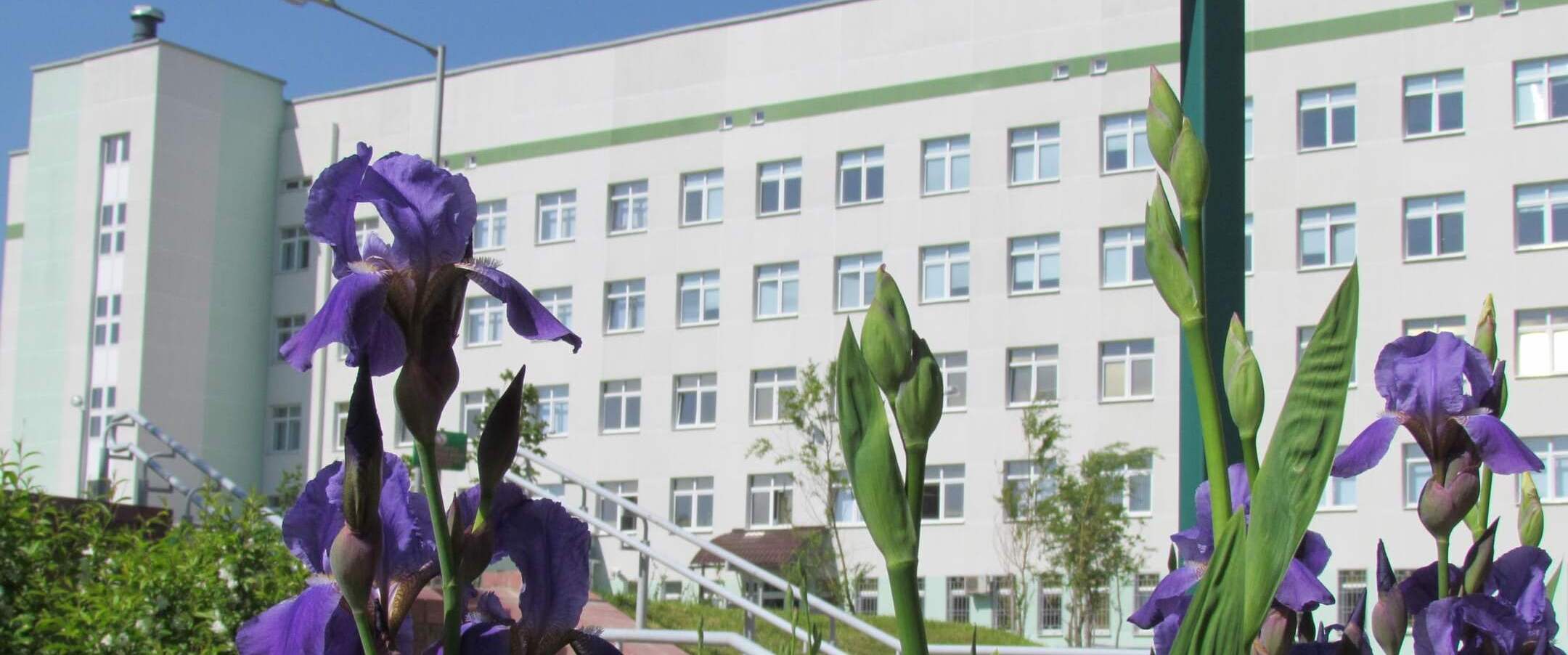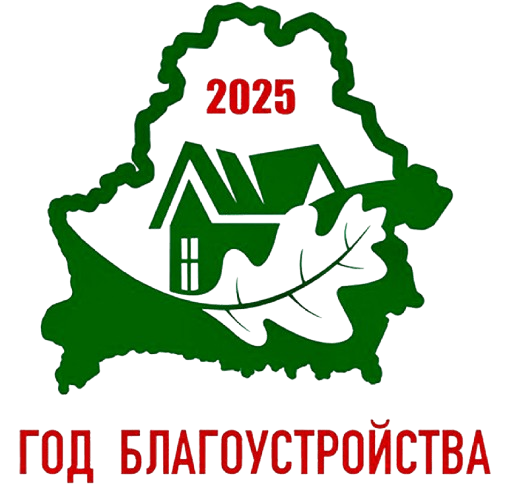Burn operations in Minsk. Burn diseases treatment in Minsk
Burn Departments (for adult and children) in conjunction with the Anesthesiology Department and Intensive Care Department for burn patients of Minsk city emergency hospital is the base of the Republican Burn Center which has been the organizational and methodological and treatment center on the issue of the thermal injuries treatment and their consequences. Burn Center has four operating rooms with modern equipment to perform surgeries.
For more than 40 years burn departments have gained an extensive experience in the burns and frostbites treatment and their consequences. The active surgical technique of deep burns treatment has been introduced.
There are widely used decompression necrotomy, early necrectomy with simultaneous or delayed autodermaplasty, pedicle flap coverage of wound, different types of plasty to eliminate hypertrophic scars, post-burn scar contractures and deformities of different localization.
During the Burn Center existence his staff published more than 400 scientific works and passed 5 dissertation defenses.
Burn Department (for children) is the only specialized department in the Republic of Belarus for the treatment of children with thermal injury. Department is equipped with two anti-burn fluidizing beds "Klinitron".
Operating room at children's department is equipped with the most advanced equipment: skin perforators, electrodermatom, necrotom, electrocoagulator, radiosurgical scalpel, anesthetic and respiratory high-end equipment that allows to apply the advanced methods of surgical treatment of children with thermal injuries and its consequences.
Thanks to the opening of the Intensive Care Department in 2007 for patients with extensive burn injuries and the introduction of modern high-tech treatment techniques, we managed to reduce the time of treatment, to reduce the number of complications and increase survival of patients with extensive burns.
Introduction of tissue expansion method allowed to close wound and scar defects with local tissues in places where there is a shortage of healthy surrounding tissues (wound with skull defects, in functionally active regions) that greatly improved both functional and cosmetic operation effects.
Treating a post-burn scar deformities and contractures there are widely used various advanced surgical techniques:
- scar dissection and excision with a combined plasty;
- local tissue rearrangement;
- different types of pedicle flap coverage of wound;
In practice of burn wounds treatment there are widely used advanced atraumatic wound dressings of domestic and foreign production.
Basic pathology:
- thermal and chemical burns, their effects (cicatrical deformities of face, neck, body, limbs);
- frostbite and general hypothermia;
- electrotrauma, electric burns of any localization and their effects;
- carbon monoxide poisoning;
Range of surgical procedures include:
- Early necrectomy with simultaneous or delayed allo-and autodermaplasty;
- pedicle flap coverage of wound;
- tissue expansion method;
- plasty of cicatricial eye-lid eversion;
- mikrostomy elimination;
Various types of plasty to remove a post-burn scar deformities.
Various types of plasty to remove a post-burn scar contractures of the joints;
Elimination of post-burn scar deformities of the body and extremities using the method of chronic dermotension.
Hepatological surgery
Treatment of the liver, pancreas and extrahepatic bile ducts by the method of surgical pathology in Minsk
Our clinic provides high-qualified medical care for patients with surgical pathology of the liver, pancreas and extrahepatic bile ducts.
Four-place chambers with shower and toilet, double rooms (three) and single chambers - "luxury" (four - to provide medical services on a fee basis or under the insurance policy for the citizens of Belarus, the CIS, Europe, etc.). Operational unit has been completely renovated in 2007 in accordance with the best European standards (operating rooms with laminar conditioning flow), equipped with European electrosurgical and videolaparoscopic (German) equipment.
Level of staff training and equipment of anesthetic and intensive care units (reconstruction of 2007) allows planning and performing of high-tech surgical interventions of any complexity. Conditions of multifield hospital provide the possibility of cooperated 24-hour work with diagnostic units (ultrasound diagnostics using traditional transabdominal approach as well as endosonography; computed tomography, X-ray examinations, clinical and toxicological laboratory).
Top tendency in the clinical work is hepatopancreatobiliary surgery of benign and malignant liver, gallbladder, bile ducts and pancreas diseases. Annually about 2,000 patients are treated on the basis of department.
Scientific researches and treatment programs:
1) Surgical treatment of diabetes using the methods of pancreatic cells xenotransplantation;
2) Surgical treatment of hypothyroidism (postoperative deficiency of thyroid hormones);
Indications:
- High hormone demand (100 micrograms of L- thyroxin in a day and more) with the need of frequent dose correction;
- recurrent or persistent clinical implications of hypothyroidism on the ground of replacement therapy: swelling (face, legs, anasarca), drowsiness, bradycardia and hypotension, costiveness, infertility (to the exclusion of other causes), performance decrement;
- inability to achieve euthyroidism because of replacement therapy according to laboratory data (FT4 <11,5 pmol / l, FT3 <2,5 pmol / L, TSH> 5,0 MIU / ml);
- indicators of antithyroid antibodies do not exceed permissible values (antibodies to thyroid peroxidase 0-30 IU / ml, antibodies to thyroglobulin 0-100 U / ml).
The method consists in obtaining of highly purified fraction of hormone-producing cells by the preculture of xenogenic thyroid tissue, which then is placed in a microporous bio bin and implanted into the arterial vascular system of the recipient.
Differences from traditional methods:
The method involves the formation in the recipient body the repository of thyroid cells. Their function is to output the corresponding hormones throughout the day according to the physiological needs of the body.
At the same time, traditional treatment methods involve a lifelong daily intake of levothyroxine which possessing a number of side effects (osteoporosis, cardiac arrhythmias, myocardial), is not able to compensate for the disease among one third of patients with hypothyroidism.
results:
Positive therapeutic effect within 2-3 years implies a decline in hormone demand from outside levothyroxine by 75-80%, reversal of the main disease symptoms (constant tiredness and drowsiness, face and extremities swelling, chronic constipation, decreased physical and mental efficiency, infertility), prevention its complications. If necessary, re-transplantation can be performed.
Rehabilitation:
The duration of patient staying in a hospital is less than 7-9 days, small traumatic intervention and good cosmetic effect allows in a short time to achieve complete rehabilitation.
Repeated examinations:
After 1, 3, 6, 9, 12 months after the operation, then – in accordance with health implications
3) Surgical treatment of hypoparathyroidism (postoperative insufficiency of thyroid hormone and parathyroid gland);
Indications:
Postoperative congenital and autoimmune forms of hypoparathyroidism that do not answer to traditional methods of treatment;
- Low levels of parathyroid hormone and serum calcium, requiring replacement therapy by calcium / vitamin D administration for the prevention of symptomatic hypocalcemia.
The method consists of donor human parathyroid glands pre-culture, as a result highly purified and functionally active fraction of the parathyroid cell is obtained, then the cell graft is placed in microporous bio bin and implanted into the arterial vascular system of the recipient.
The differences from traditional methods:
The current standard therapy for hypoparathyroidism is to take calcium and vitamin D agents that cannot adequately and fully restore the missing function of the parathyroid glands and thus prevent the development of serious complications of the disease and improve the quality of patient life. The proposed treatment method eliminates the actual parathormone deficit and leads to the restoration of calcium-phosphorus homeostasis by forming in recipient body the parathyroid cell repository.
Results:
The expected therapeutic effect is fully or partially (70-90%) elimination of replacement therapy drugs, by means of main disease symptoms reversal, improving the quality of life, normalization of calcium and phosphorus metabolism. Estimated length of active graft function is at least 2 years. If necessary, as far as decreasing of positive clinical effect, extra cell transplantation is available.
Rehabilitation:
The duration of patient staying in the hospital is not more than 7-9 days, minimal traumatic surgery with a good cosmetic result allows to minimize the time of rehabilitation. Clinical care in the postoperative period is implemented by endocrinologist or family doctor.
Repeated examinations:
After 1, 3, 6, 9, 12 months after the operation, then – in accordance with health implications
4) Surgical treatment of patients with lower extremities varicose disease (including the recurrent form of the disease).
- variants of classical combined phlebectomy;
- mini-phlebectomy using Varadi hooks with Muller dissection of perforating veins;
- compression sclerotherapy (reticular veins varicose, telangiectasia).
According to the results of patients treatment gained in the department in recent years, 3 dissertations passed the defence for the degree of Candidate of Medical Sciences (devoted to the problems of patients treating with acute necrotizing pancreatitis) and 2 dissertations for the degree of Doctor of Medical Sciences (devoted to problems of pancreas cells xenotransplantation in one case, in the second one - a minimally invasive treatment methods of patients with acute necrotizing pancreatitis).
Medical staff of the department:
- Sergey M. Rashchinsky – Candidate of Medical Sciences (dissertation is devoted to the problems of Diagnostics and Approach in the Case of Gallbladder Polyposis in the field of surgery (14.00.27), 28.12.2000, surgeon of the highest qualification grade (the head of the department);
- Nina T. Rashchinskaya - surgeon of the highest qualification grade;
- Mikhail P. Nevmerzhitskiy - surgeon of the highest qualification grade;
Head nurse of the department:
Elena V. Klimutko -medical nurse of the highest qualification grade;
Annualy we implement around 1150 - 1200 operations for the correction of various diseases of hepatopancreatoduodenal zone.
More information on the program can be obtained by telephone number of the department head (+375 17) 287-00-73, referring to the web site.





